Introduction: The Birth of the Microprocessor Era
The 1970s were a decade of technological breakthroughs. For the first time, the “brains” of a computer could be placed on a single chip – what we now call the microprocessor. These early CPUs often featured ceramic packages and gold pins, making them visually striking as well as historically significant. For collectors, old CPUs from this era are far more than pieces of silicon; they are artifacts from the dawn of personal computing.
Below, we explore ten of the most iconic processors from the 1970s, each with its own story and place in computing history.
1.Intel 4004 (1971) – The First Commercial Microprocessor
The Intel 4004 was the first CPU ever sold as a standalone product. Released in 1971, it was a 4-bit chip capable of executing about 92,000 instructions per second – impressive at the time, though minuscule by modern standards. Originally designed for Busicom calculators, it contained just 2,300 transistors and operated at 740 kHz.
For collectors, the 4004 is legendary. Surviving examples often have gold-plated pins and a ceramic package marked with Intel’s early logo. Because it was the very first of its kind, original specimens can command thousands of dollars on the collector’s market.
2.Intel 4040 (1974) – The Evolution of the 4004
The Intel 4040, released three years later, built on the 4004’s architecture. It doubled the instruction set, introduced interrupts, and improved speed. Though still a 4-bit CPU, it was significantly more practical for embedded applications.
While not as groundbreaking as the 4004, the 4040 is still important. Collectors value it because it represents Intel’s first step toward refining microprocessor design. Its ceramic and gold-pin versions are sought after, particularly when found in good condition with clear markings.
3.Intel 8008 (1972) – The First 8-Bit CPU
Introduced in 1972, the Intel 8008 was a milestone as the first commercially available 8-bit processor. It could address 16 KB of memory and ran at up to 800 kHz. Despite its limitations, it was powerful enough to be used in some of the earliest hobbyist computer kits.
Collectors find the 8008 fascinating because it bridged the gap between simple embedded chips and the CPUs that would soon power full personal computers. With its gold pins and distinctive packaging, the 8008 stands as a symbol of rapid progress in microprocessor development.
4.Intel 8080 (1974) – Powering the First Personal Computers
The Intel 8080 was a true leap forward. Running at 2 MHz and capable of addressing 64 KB of memory, it became the CPU of choice for the Altair 8800 – often called the first personal computer. This made the 8080 not only a technical achievement but also a cultural one, igniting the home computing revolution.
Collectors prize the 8080 not just for its design, but for its role in history. Chips with gold pins and ceramic packaging are especially valued, and they are often associated with early personal computing memorabilia.
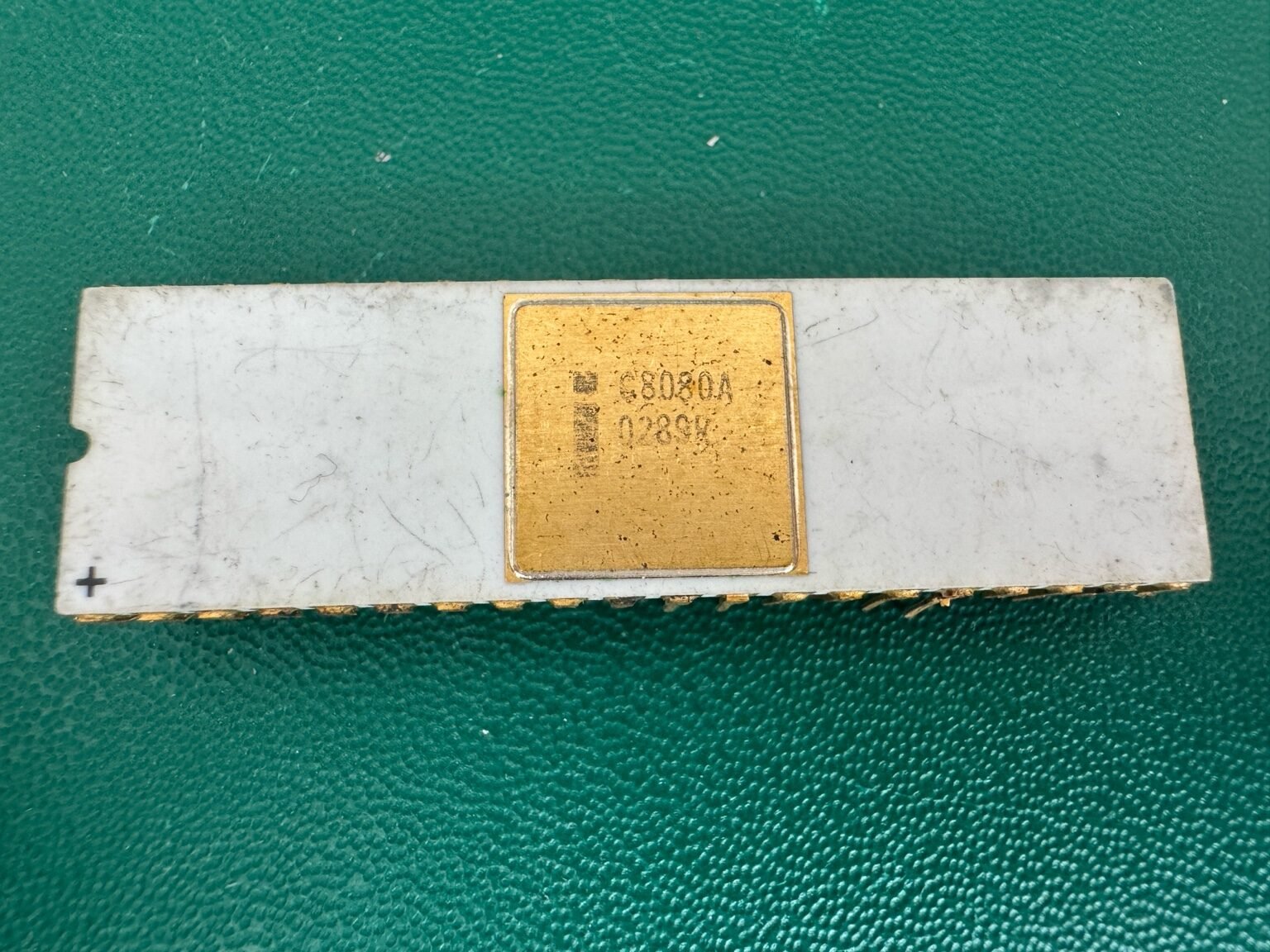
5.Motorola 6800 (1974) – A Rival with Innovation
Launched in 1974, the Motorola 6800 was an 8-bit CPU that competed directly with Intel’s offerings. It required only a single +5V power supply – simplifying system design compared to the multiple voltages needed for Intel CPUs. It featured a 16-bit address bus, making it versatile for many applications.
Collectors appreciate the 6800 because it represents Motorola’s serious entry into the CPU market, setting the stage for later legendary chips. Vintage ceramic packages with gold leads are attractive additions to any collection.
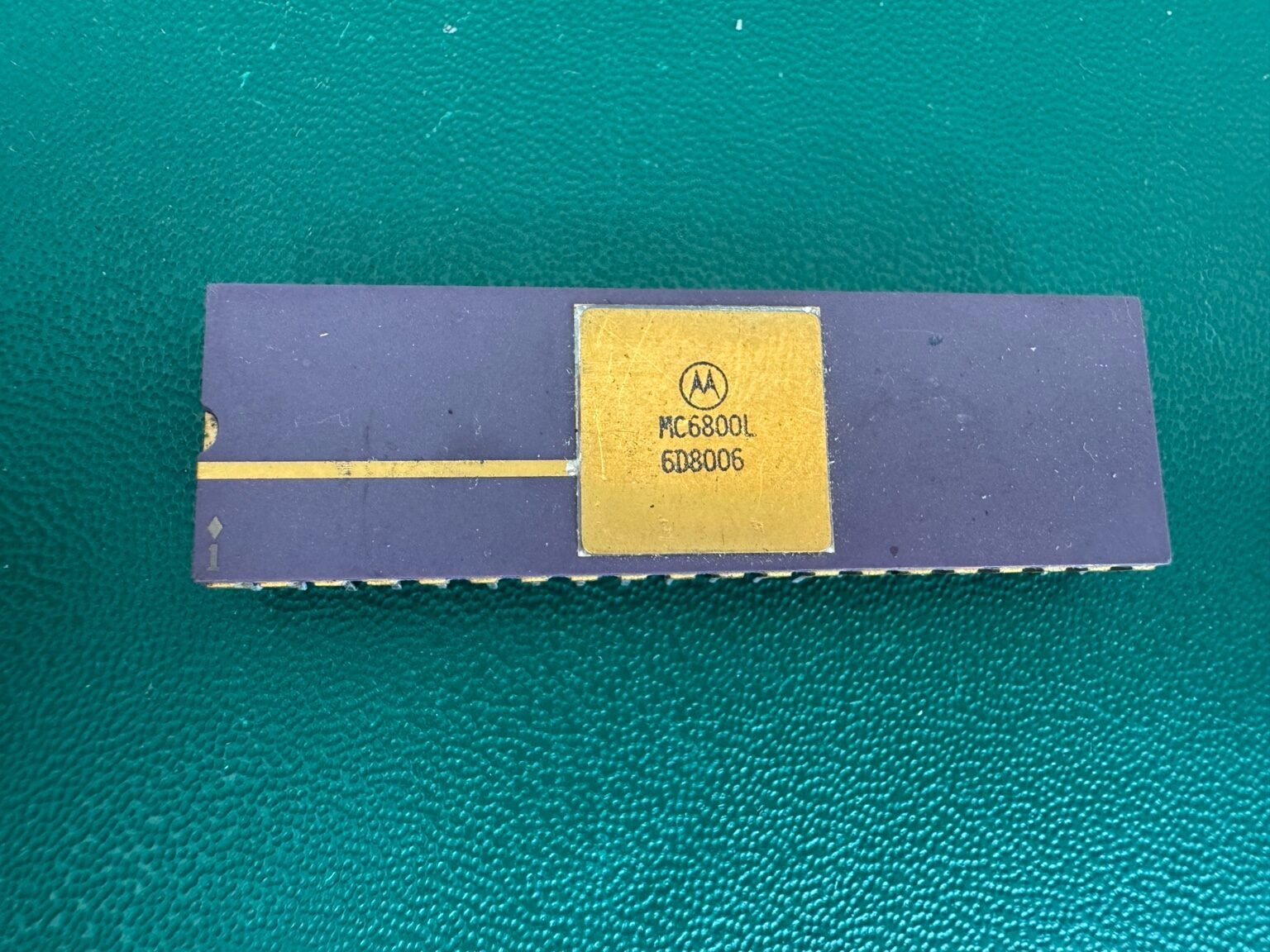
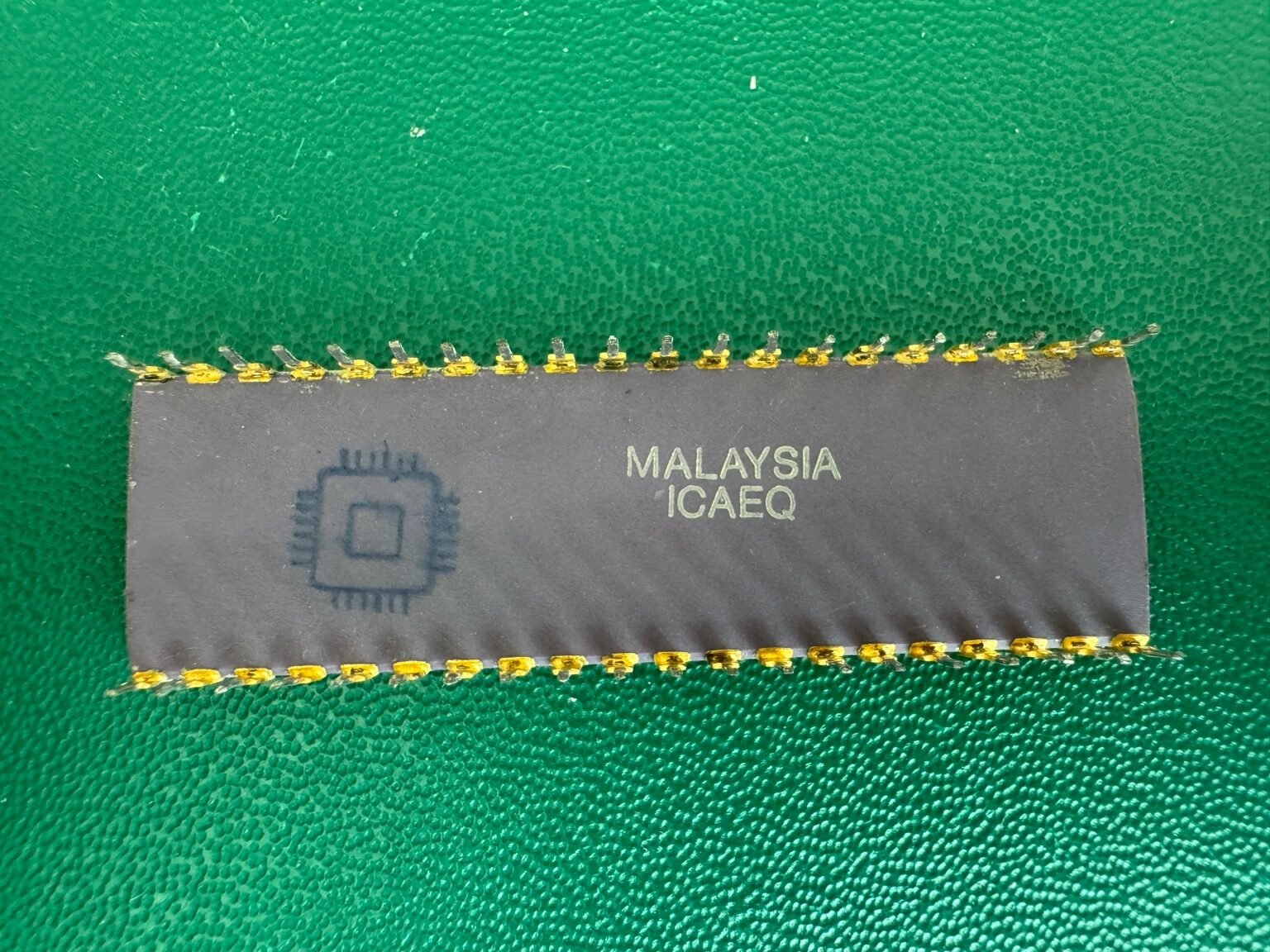
6. MOS Technology 6502 (1975) – Affordable and Revolutionary
The MOS 6502, released in 1975, is one of the most influential CPUs ever made. Priced at just $25 at launch (far cheaper than Intel and Motorola rivals), it quickly became the heart of many iconic machines, including the Apple I, Apple II, Commodore PET, and Atari 2600.
For collectors, the 6502 is not only affordable history but also a symbol of democratized computing. Early versions with gold pins are especially desirable. Even decades later, the 6502 architecture lives on in embedded systems, underscoring its enduring legacy.
7.Zilog Z80 (1976) – The 8-Bit Champion
Introduced in 1976, the Zilog Z80 was designed by former Intel engineers and was compatible with the Intel 8080’s instruction set. It added more instructions, built-in refresh circuitry, and could run faster, making it extremely popular in personal computers, game consoles, and embedded devices.
Collectors see the Z80 as a legendary chip of the late 1970s and 1980s. Its use in systems like the Sinclair ZX Spectrum and many arcade machines gives it nostalgic appeal. Gold-pin versions are especially treasured.
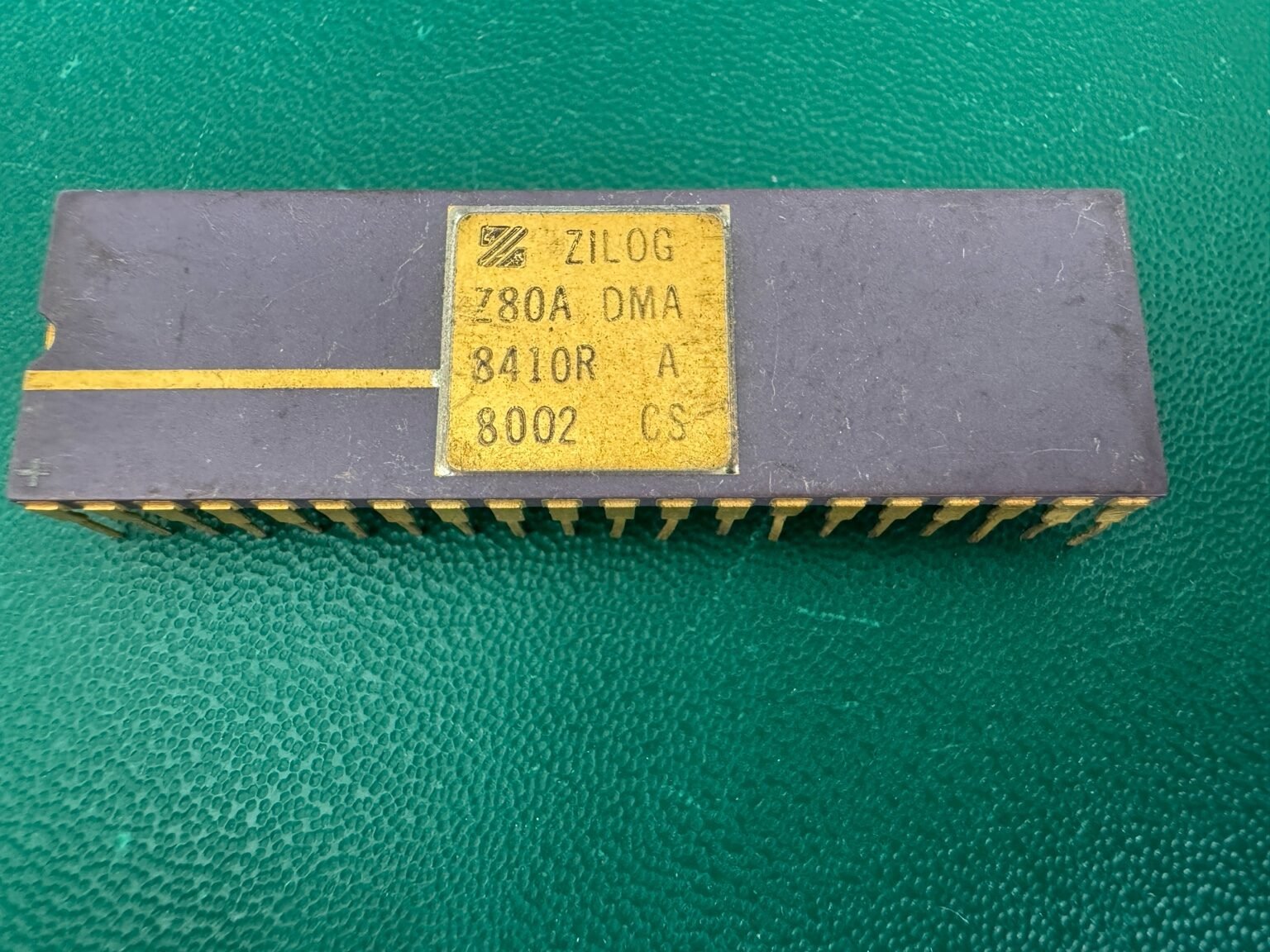
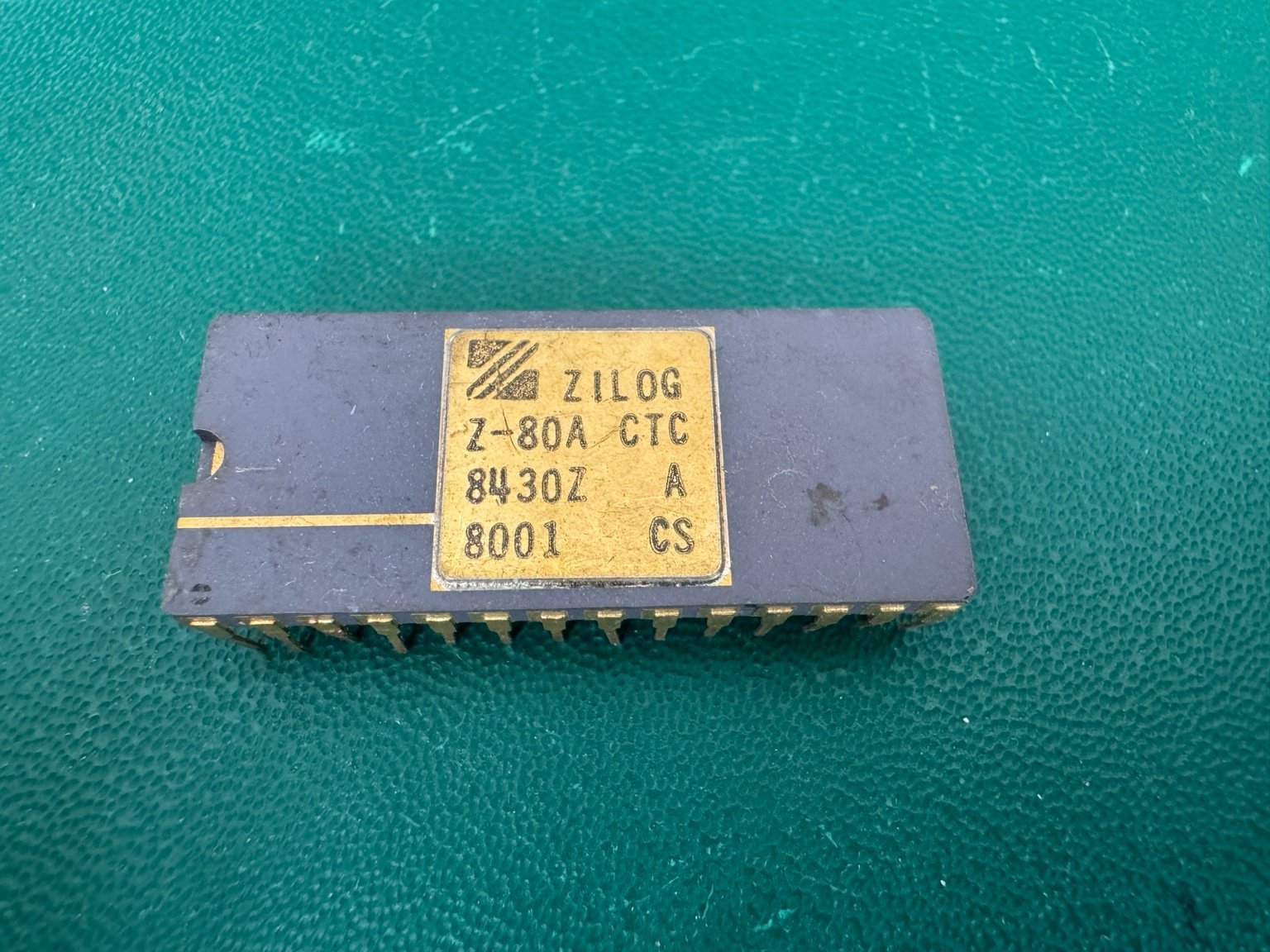
8.RCA COSMAC 1802 (1976) – Built for Space
The RCA 1802 was one of the first CMOS microprocessors, offering extremely low power consumption and resistance to radiation. These qualities made it ideal for space applications, including NASA probes such as Galileo.
For collectors, the 1802 is remarkable because of its space pedigree. Owning one feels like holding a piece of aerospace history. Ceramic and gold-pin models are particularly rare and valuable.
9.Texas Instruments TMS 9900 (1976) – The First 16-Bit CPU
Texas Instruments made history in 1976 with the TMS 9900, one of the first 16-bit microprocessors. It was derived from the TI 990 minicomputer and offered advanced performance for its time, though it never achieved the widespread success of the Z80 or 6502.
Collectors value the TMS 9900 for its pioneering role in 16-bit computing. It is not as common as other 1970s CPUs, making it a prized rarity for specialized collections.
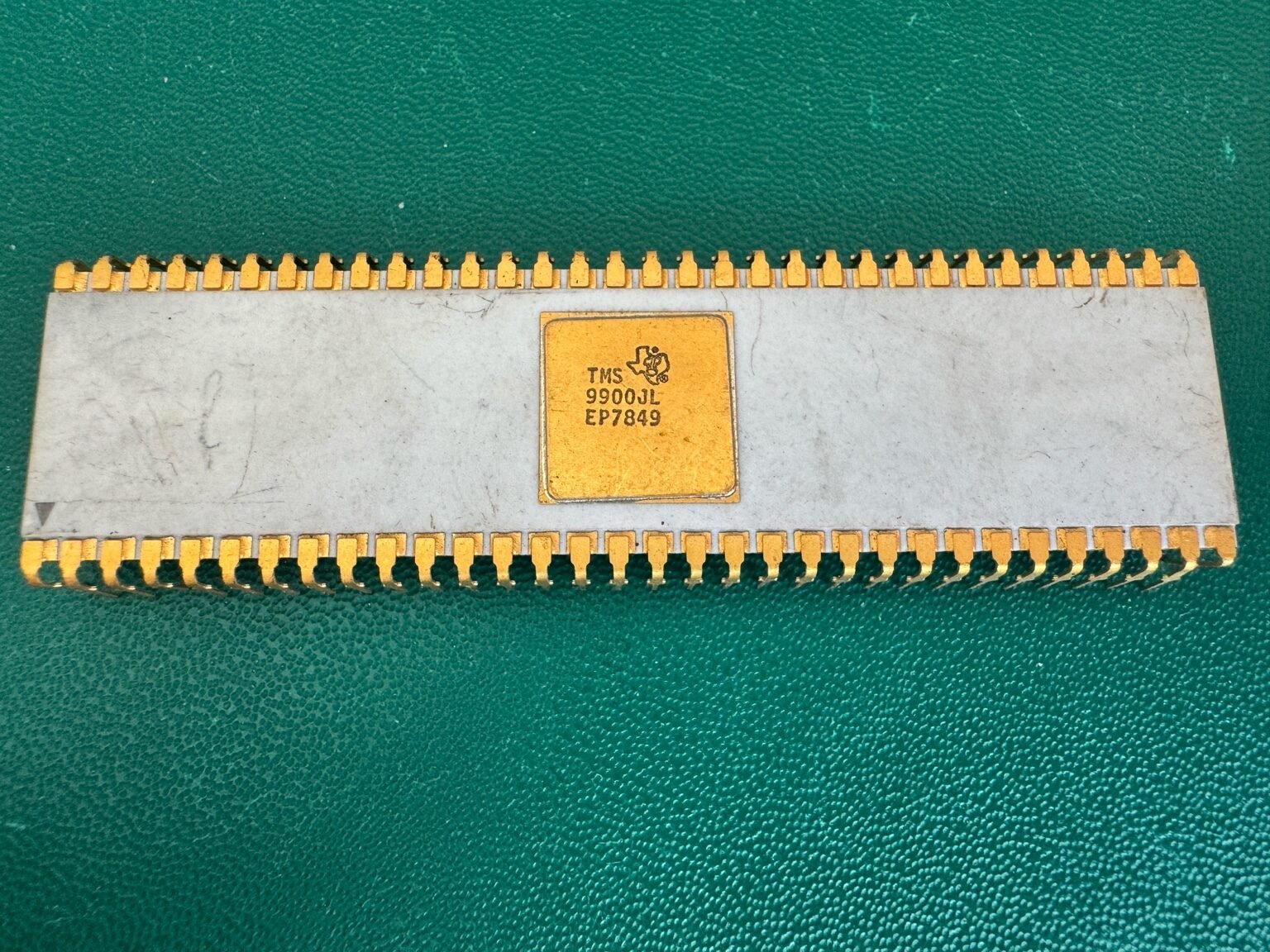
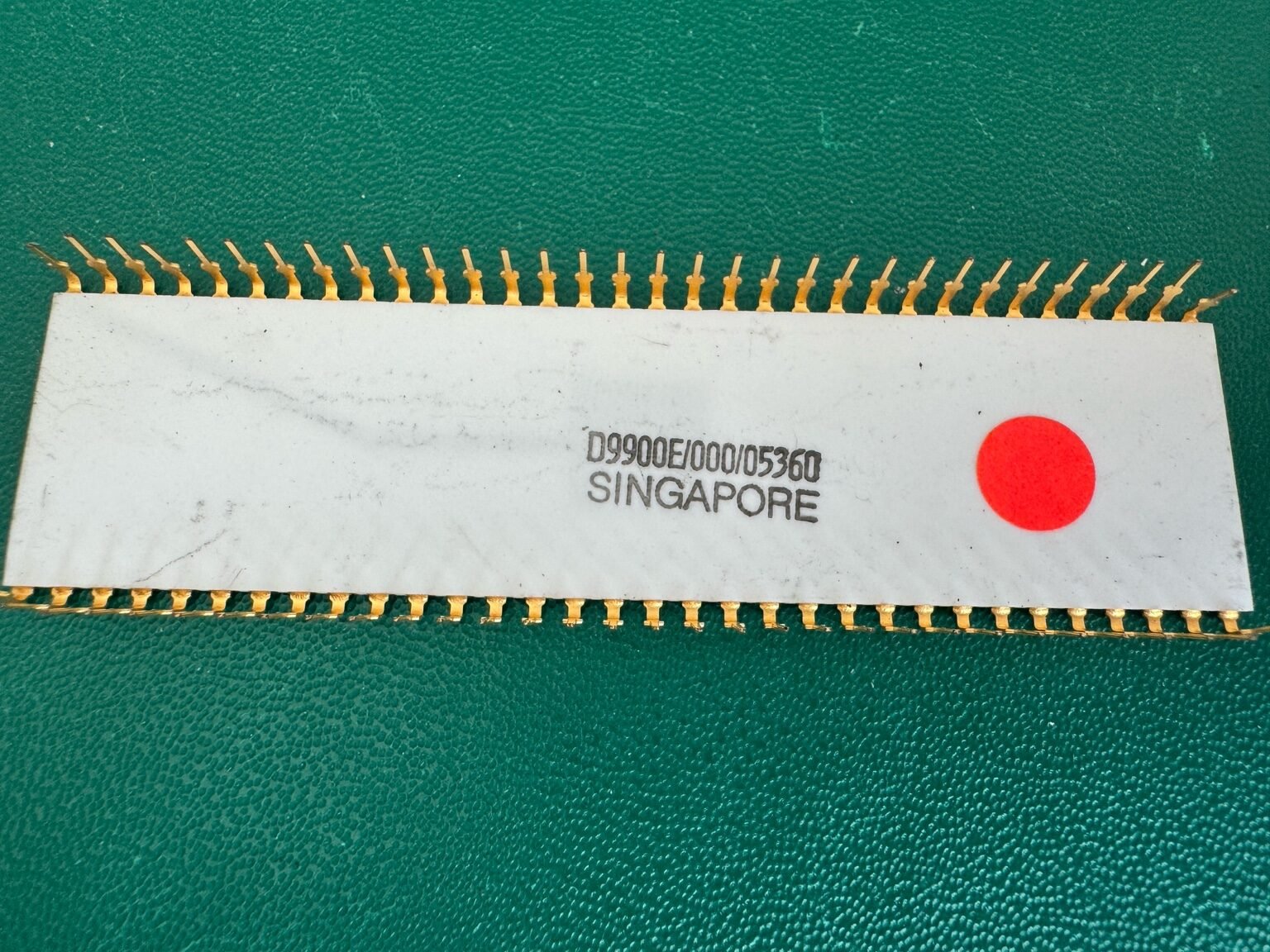
10.Motorola 68000 (1979) – A Glimpse of the Future
The Motorola 68000, released in 1979, closed out the decade with a bang. It featured a 32-bit internal architecture with a 16-bit external data bus, bridging two generations of computing. In the 1980s, it powered systems like the Apple Macintosh, Amiga, and Atari ST, becoming one of the most influential CPUs ever.
Collectors consider early 68000 chips highly desirable, especially ceramic and gold versions. Owning one connects a collection directly to the rise of graphical user interfaces and the golden age of personal computing.
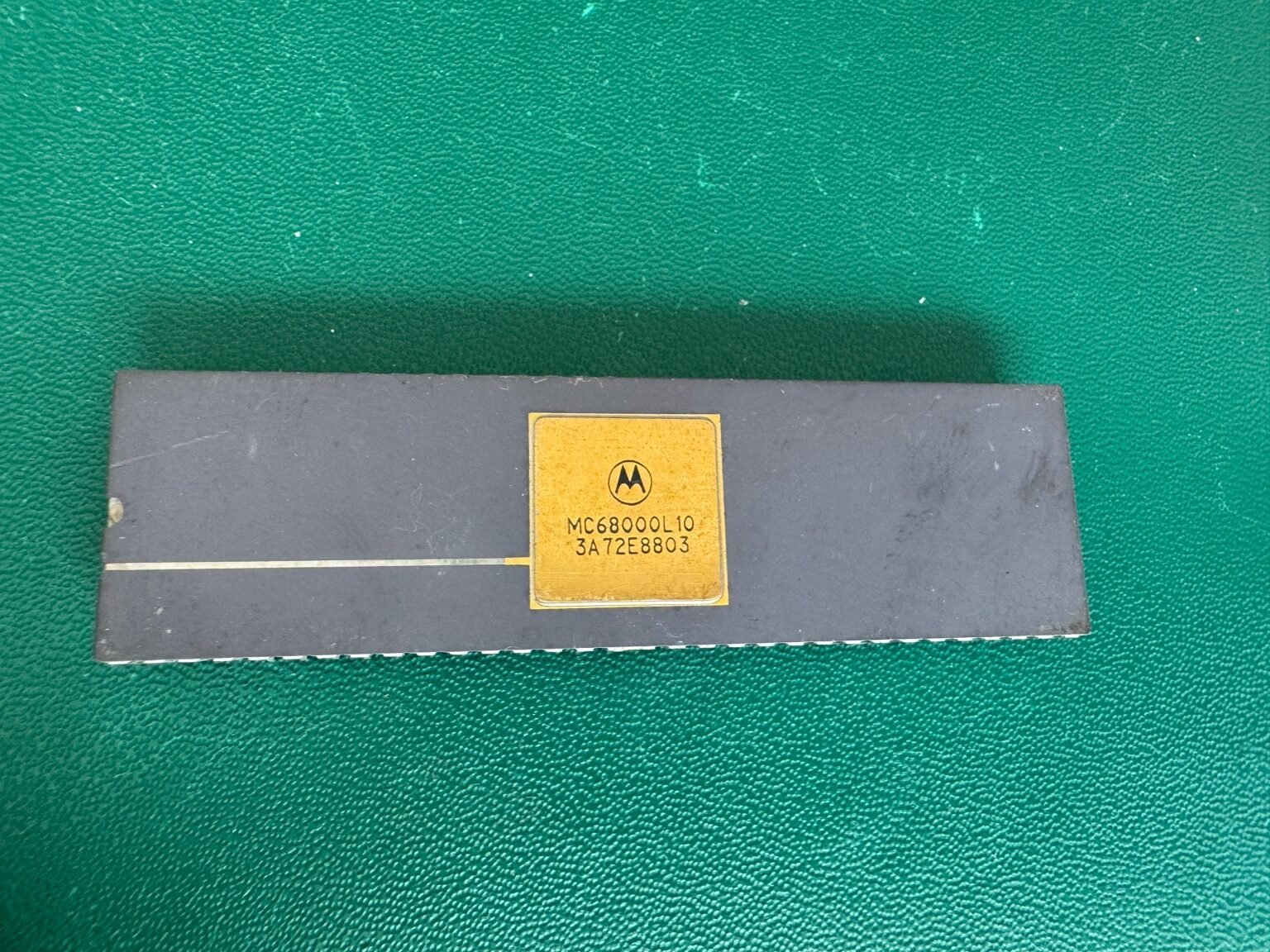
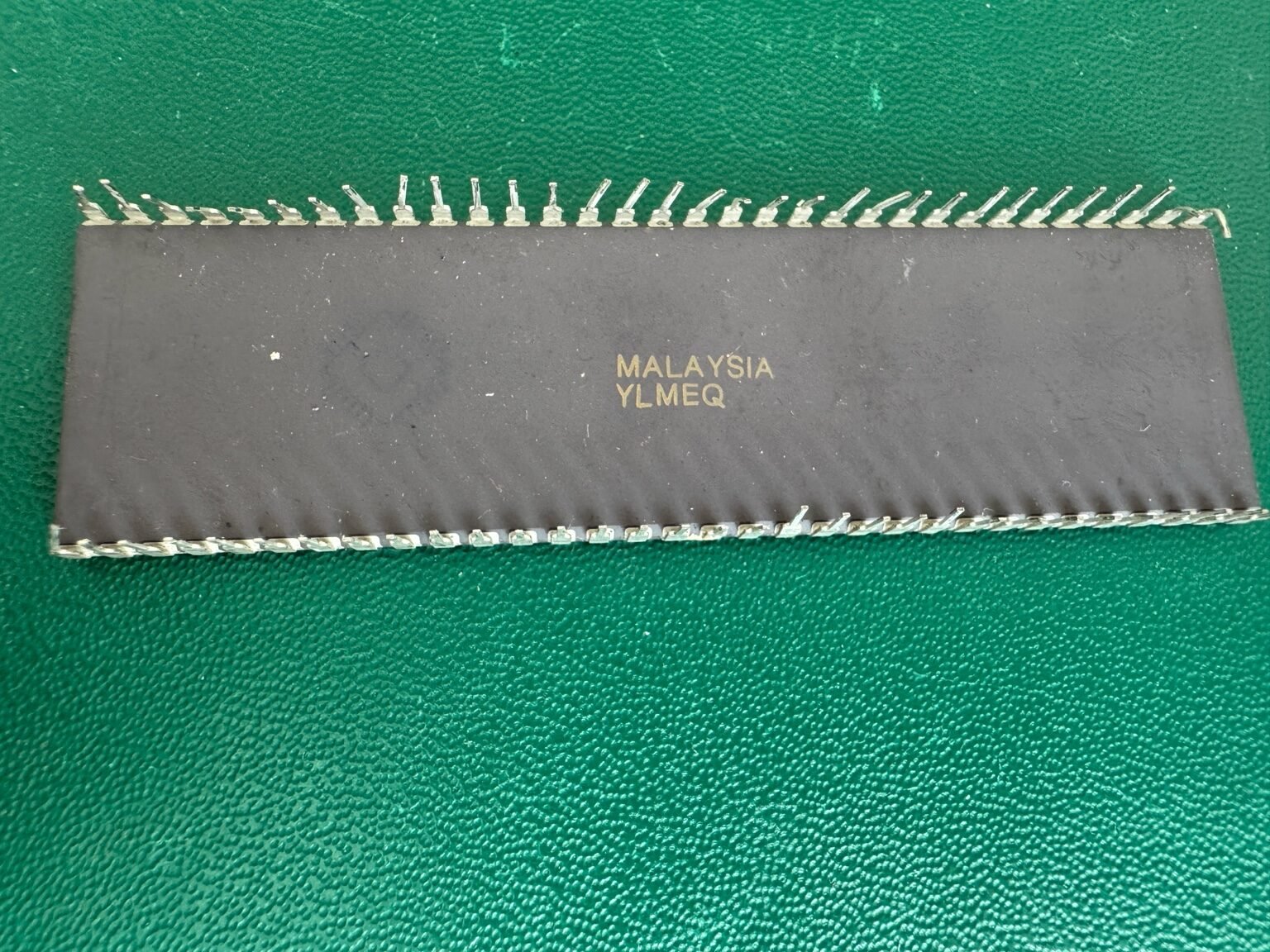
Why Collectors Seek 1970s CPUs
- Historical Impact: These processors shaped the future of technology.
- Unique Designs: Ceramic cases, gold pins, and vintage logos make them visually appealing.
- Rarity: Many are difficult to find today, especially in working condition.
- Collector’s Value: Beyond scrap, these CPUs are cultural and historical artifacts.
Old CPUs from the 1970s – Key Specs
Quick reference for collectors: release year, bit width, typical clock speeds, and maximum addressing capability.
| Processor | Year | Bit Width | Clock Speed | Max Addressing |
|---|---|---|---|---|
| Intel 4004 | 1971 | 4-bit | ~740 kHz | ~640 bytes |
| Intel 4040 | 1974 | 4-bit | ~500–740 kHz | Up to ~8 KB |
| Intel 8008 | 1972 | 8-bit | ~500–800 kHz | 16 KB |
| Intel 8080 | 1974 | 8-bit | Up to ~2 MHz | 64 KB |
| Motorola 6800 | 1974 | 8-bit | ~1 MHz | 64 KB |
| MOS Technology 6502 | 1975 | 8-bit | ~1–2 MHz | 64 KB |
| Zilog Z80 | 1976 | 8-bit | ~2.5–4 MHz | 64 KB |
| RCA COSMAC 1802 | 1976 | 8-bit | ~1.76–2.5 MHz | 64 KB |
| Texas Instruments TMS 9900 | 1976 | 16-bit | ~3 MHz | 64 KB |
| Motorola 68000 | 1979 | 16/32-bit | ~8 MHz (early) | Up to 16 MB |
